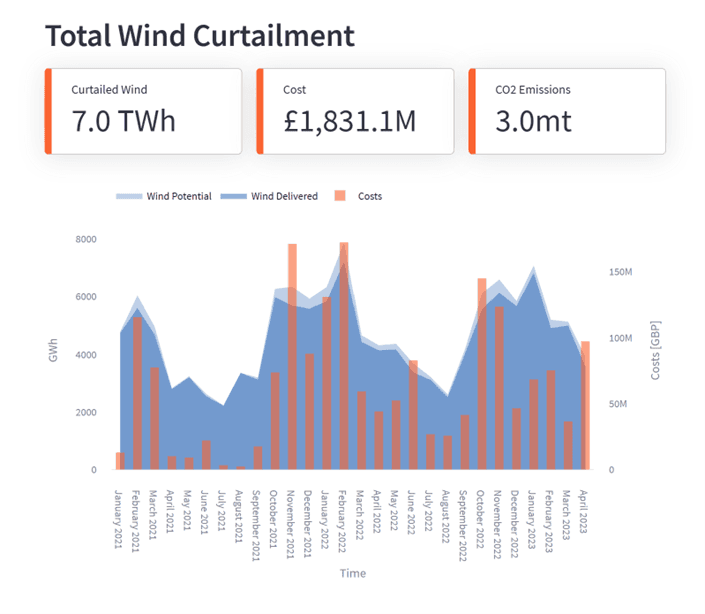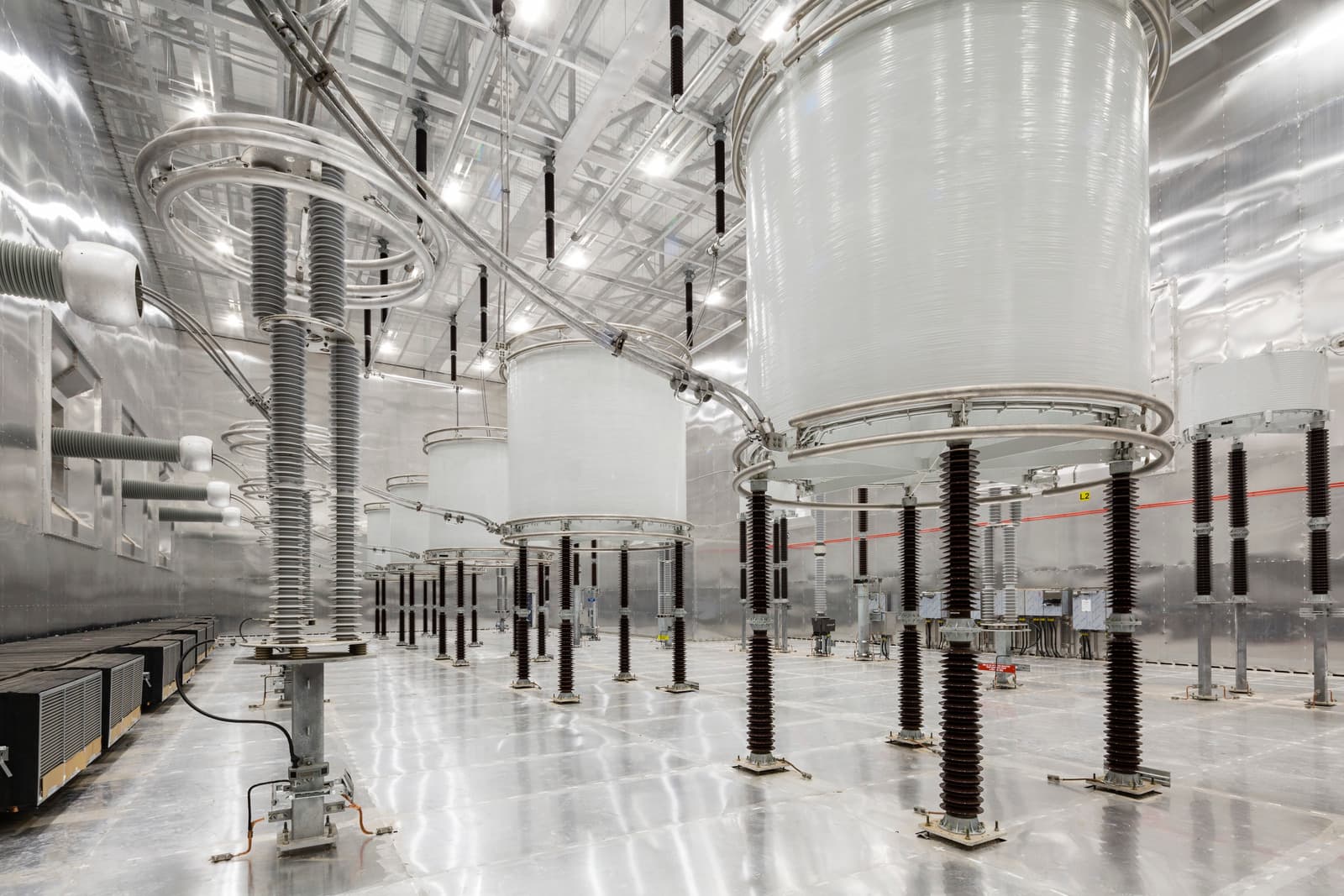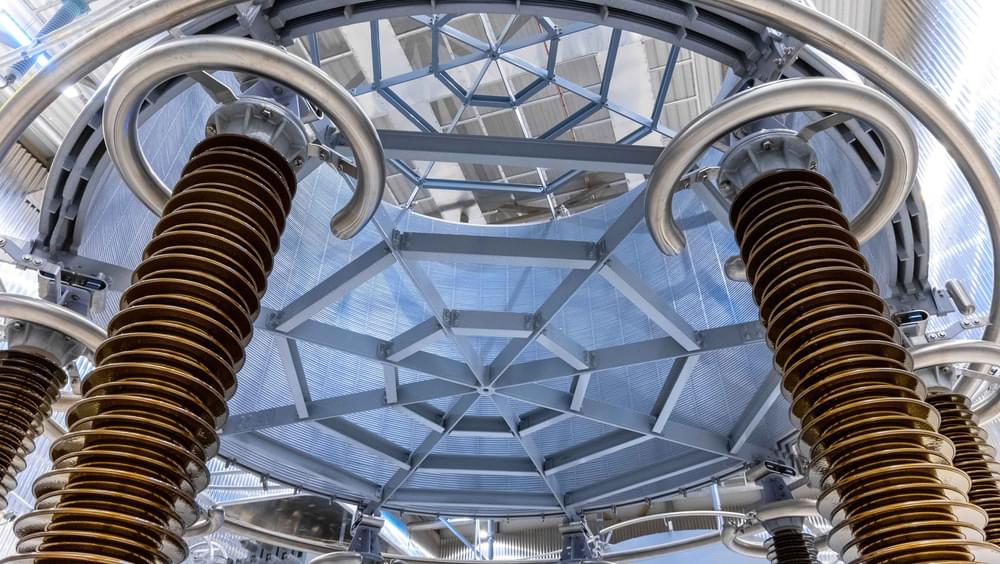Interconnectors will play a critical role in helping the UK meet its green energy targets and improving the security of electricity supply. They enable the trade of gas and electricity between connecting countries. And with the current energy crisis, interconnectors are playing an increasingly important role helping to balance energy needs at times of high demand or lower domestic generation and exporting surplus gas and electricity when demand is lower.
G&T
is working on interconnector projects that will provide opportunities to share
nearly 8GW of renewable energy – enough to power 8 million homes. Using
insights gained from our first-hand experience, we will explore how
interconnectors and High Voltage Direct Current (HVDC) links can improve the
utilisation of renewable energy and save money at the same time.
So why do we need more integration in our electricity systems?
The year 2022 will be remembered in the history books for the start of the Russia-Ukraine war, the year of three British Prime Ministers and the passing of Queen Elizabeth II. However, for many families and households, the year 2022 will be remembered as the year of high inflation and the Cost-of-Living Crisis. Whilst there were many factors which contributed to the Cost-of-Living Crisis, the global Energy Crisis was arguably one of the biggest influencing factors.
According to the International Energy Agency, the 2022 Energy Crisis was probably the first that was truly global[1]. It was fuelled by a multitude of factors, with Russia’s invasion of Ukraine exacerbating an already prevalent issue. The ensuing drop in fossil fuel exports from Russia that followed caused a significant drop in supply which resulted in rapid price increases.
So, the obvious question arises – why, despite being aware of climate change and the need to move to renewable energy sources, are we in the UK still so reliant on gas to fuel our homes, businesses, and the economy?
There are obviously many reasons for this. Part of the answer is that we do not yet have enough renewable energy sources to meet our energy demands. According to National Grid’s website, during the last quarter of 2021, 42.7% of energy used in the UK was generated via renewable sources, with most of this (26.1%) generated via wind power.
Another, lesser-known fact is that we do not fully utilise the renewable sources that we do have! On the windiest days, the energy produced by wind farms exceeds the demand in the local transmission networks. Due to the inability to either store or share this excess energy with other networks, the energy generation needs to be capped, which results in wind farms having to turn off their turbines. Furthermore, just because supply exceeds demand in say Scotland, this does not necessarily mean there is excess supply on the same day in England, for example. The reality is a scenario whereby wind turbines are turned off in one location while elsewhere there is a reliance on fossil fuels as demand exceeds supply.
This is not only an issue for the climate agenda. Wind farm owners are actually being paid to turn off their turbines (called curtailment). In these scenarios consumers pay for renewable sources, curtailing the windfarms and the operation of fossil fuel power plants in other areas of the UK – a triple whammy!
Archy de Berker and Peter Dudfield created a very interesting “UK Wind Curtailment Monitor App”. This app has tracked wasted wind power since the beginning of 2021 and is regularly updated to show the most current position. According to this app the total cost of wind curtailment between January 2021 and April 2023 has been a staggering £1.8bn and omitted an extra 3m tonnes of CO2 in the process.

Total Wind Curtailment on 28 April 2023
Source: UK Wind Curtailment Monitor App
Cue ‘interconnectors’ or HVDC links! Interconnectors are cross border energy transmission links – and exist for transporting gas or electricity. Electric interconnectors utilise high-voltage subsea cables to transport energy from one country to the next. They typically have a converter station at either end of the cable to transpose the energy from alternating current (AC) utilised in local networks to direct current (DC) for transmitting the energy as less power loss occurs with the use of DC cables. Interconnectors are not new. The first British subsea electricity interconnector, installed between France and the UK, entered operation in the early 1960s. IFA, which also links the UK and France, has been operating since 1986.
The UK currently has seven operational interconnectors. They connect our transmission networks to those of Norway, France, Belgium, Ireland, and the Netherlands. However, this can be significantly improved on. Not only through further connections with other countries, but even just by providing better connections between our own transmission networks. Scotland’s wind farms currently produce a lot more energy than they require, whereas England operates on an energy deficit. So, linking up England and Scotland’s transmission networks makes a lot of sense, doesn’t it?
Why don’t we already have lots of interconnectors then? Unfortunately, they are not cheap. Installing and maintaining kilometres of subsea cables, not to mention the transformers required in the converter stations at either end, is a significant infrastructure investment. It takes years to develop, plan, permit, engineer and construct, and even longer to see a return on investment. However, with significant increases in energy prices due to reduced supply, the business case becomes more financially viable. Also, how do you monetise the impact of the reduced CO2 emissions on the planet!?
Thankfully, the benefits of interconnectors are now understood by the Government and regulators, and with the UK’s targets to reach net zero carbon by 2050, as well as the ambition to reduce emissions by 78% by 2035 (compared to 1990 levels), there is a real push to accelerate the interconnector programme. Ofgem has reviewed and adapted its regulatory processes to support this acceleration of investment, and with the new Accelerated Strategic Transmission Investment (ASTI) framework published in December 2022, they have effectively given a green light for accelerating the regulatory process and ultimately, the delivery of interconnector programmes.

At G&T we launched our first Environment, Social and Governance (ESG) Strategy in 2022, stating that we “support decarbonisation with clients, our firm and our industry”. Everyone has a part to play in achieving the country’s net zero goals, and apart from aiming to be a net zero business ourselves by 2030, we would also like to do all we can to support our clients and other stakeholders in helping them to deliver sustainable solutions for our environment.
We are therefore delighted to be supporting our clients in delivering a number of interconnector projects. We supported the successful delivery of IFA2, an operational 1,000 MW HVDC interconnector between England and France. Currently, we are supporting NeuConnect (connecting England and Germany), GridLink (connecting France and England) and Eastern Green Link 1 and 2 (both connecting Scotland and England).
Whilst this will not ease the current energy and cost of living crisis, it will provide the much-needed infrastructure to help mitigate the impact of any repeats of this crisis in the future.
[1] https://www.weforum.org/agenda...
Notes / sources:
IFA2 – 1GW and 1million homes and
Gridlink – 1.4GW and 1.5m homes
Neuconnect – 1.4GW and 1.5million homes
EGL1 – 2GW and 2m homes
EGL2 – 2GW and 2m homes
International Energy Agency: Global Energy Crisis – Topics - IEA
https://archy.deberker.com/the-uk-is-wasting-a-lot-of-wind-power/
How much of the UK’s energy is renewable? | National Grid Group
Ofgem gives green light to investment in new interconnectors | Ofgem
Bloomberg article: From the Queen to Strikes, These Events Defined the UK in 2022 - Bloomberg







